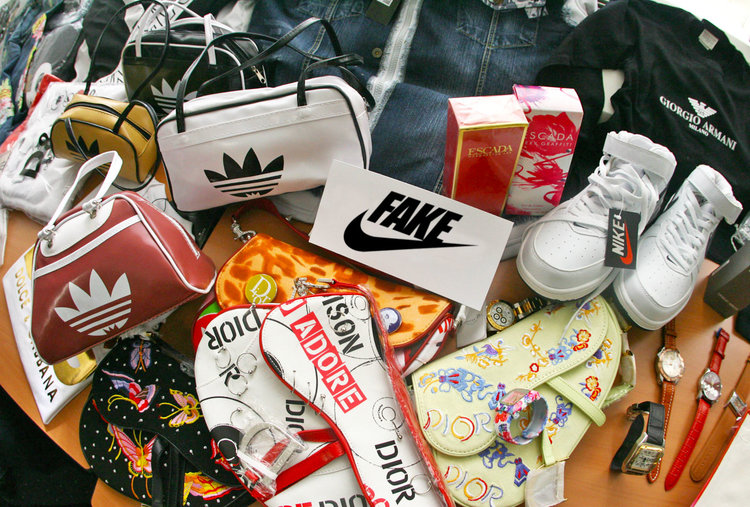Counterfeiting is one of the main business risks, and in an age of e-commerce expansion, it is increasingly important to be able to protect your brand and your business from this crime. From drugs and pharmaceuticals to high-end luxury goods, everything is being copied and sold as the original.
Counterfeiters often use the consumer need for low prices and the surge in people looking online for more affordable products and services. Many of us think of it only as a business risk in that there will be losses for the business whose goods are copied and sold, but counterfeiting must also be seen as an incredibly dangerous practice. The use of cheap and substandard materials for production often makes the use of these ‘rip-offs’ a risky proposition.
This underground or fake goods economy also affects the IP owner in that they lose sales and business to the illegitimate products while also losing brand credibility as the substandard products are oftentimes then also associated with the original genuine brand. Here are three simple ways that your business can avoid being a victim of counterfeiting:
Correct labeling
Use a professional date coder and automated labelers at all stages of packing and distribution. This will ensure that your product is able to be identified throughout the distribution process. There needs to be a means of identifying and tracking the product that must be on the product itself, individual packaging, and also on bulk packing.
Integrated product authentication throughout the supply chain
To ensure that there are no sneaky illegitimate raw materials and supplies included in your production process, you need to have stringent checks throughout the manufacturing process. Knowing exactly where your raw materials and supplies come from is key to knowing that your end product is of the highest standard and does not contain any counterfeit materials. The only way this can be done is to make sure that your suppliers are also on board and able to authenticate their own products.
Training of staff and awareness of customers
Be proactive, and educate your supply chain, your staff, and your customers. Make it clear as to what they should be looking for. It’s like the sporting apparel goods brand Lacoste when they clearly stated that the crocodile or alligator that was their brand needed to be looking away from the face to the wearer for the t-shirt or clothing to be genuine. This immediately made customers aware of how to spot a fake, and there was a decline in the number of counterfeit Lacoste clothing as a result. Your customers must, as a matter of urgency, know how to spot the original product, be creative but transparent, and once they know what to look for either in the design or on the labeling, you will be able to rest assured that the chances of your customer being sold a fake are reduced. Use social media platforms to update and keep customers aware.
The loss to businesses caused by the counterfeit and illegal trade of fake goods is a worrying trend. The internet and e-commerce have led to a surge in this illegal trade, and it will be critical going forward to have a clear business strategy to avoid such losses. You might need to institute some new technology and increase security, but it will be worth it, and your brand will be protected from unscrupulous operators out there.



